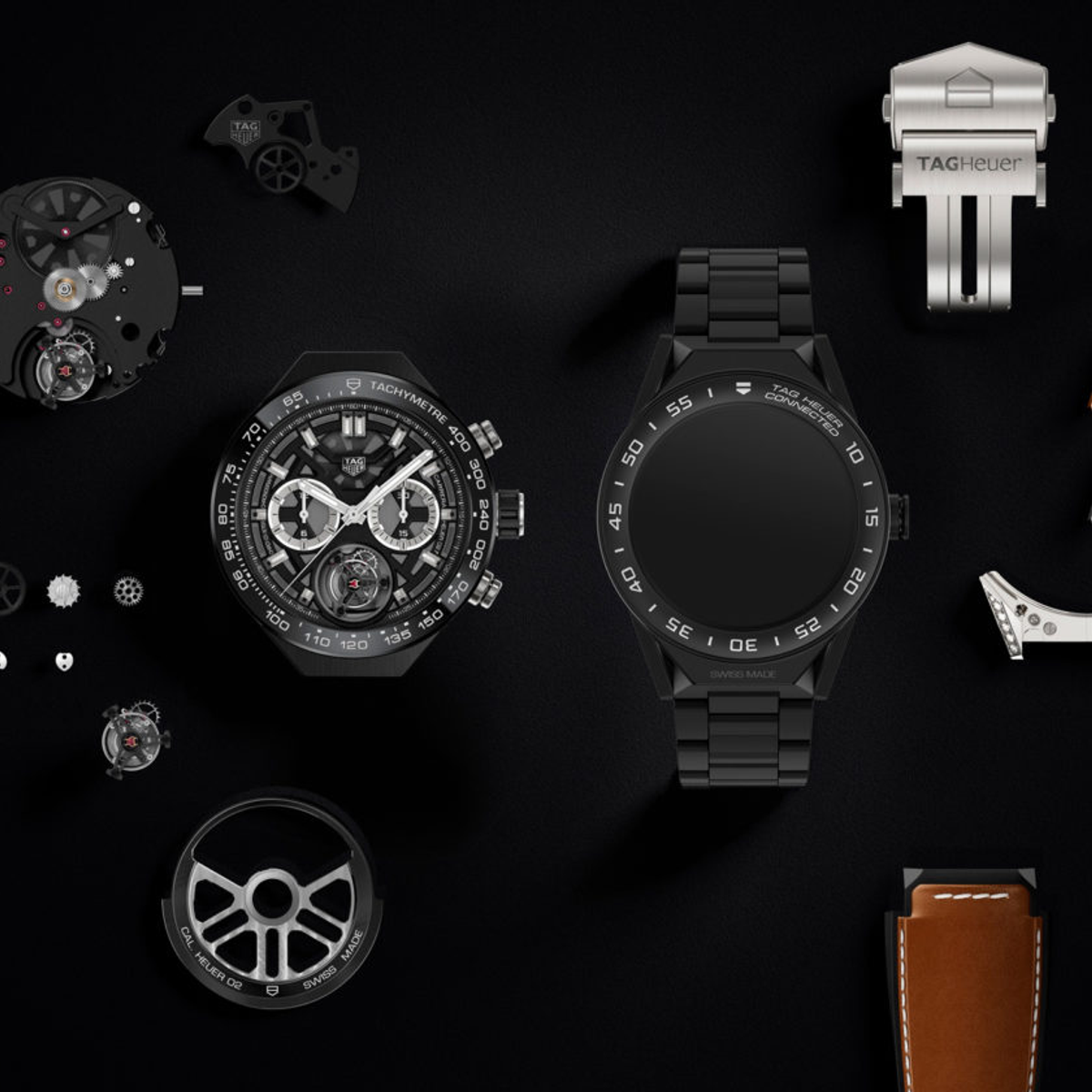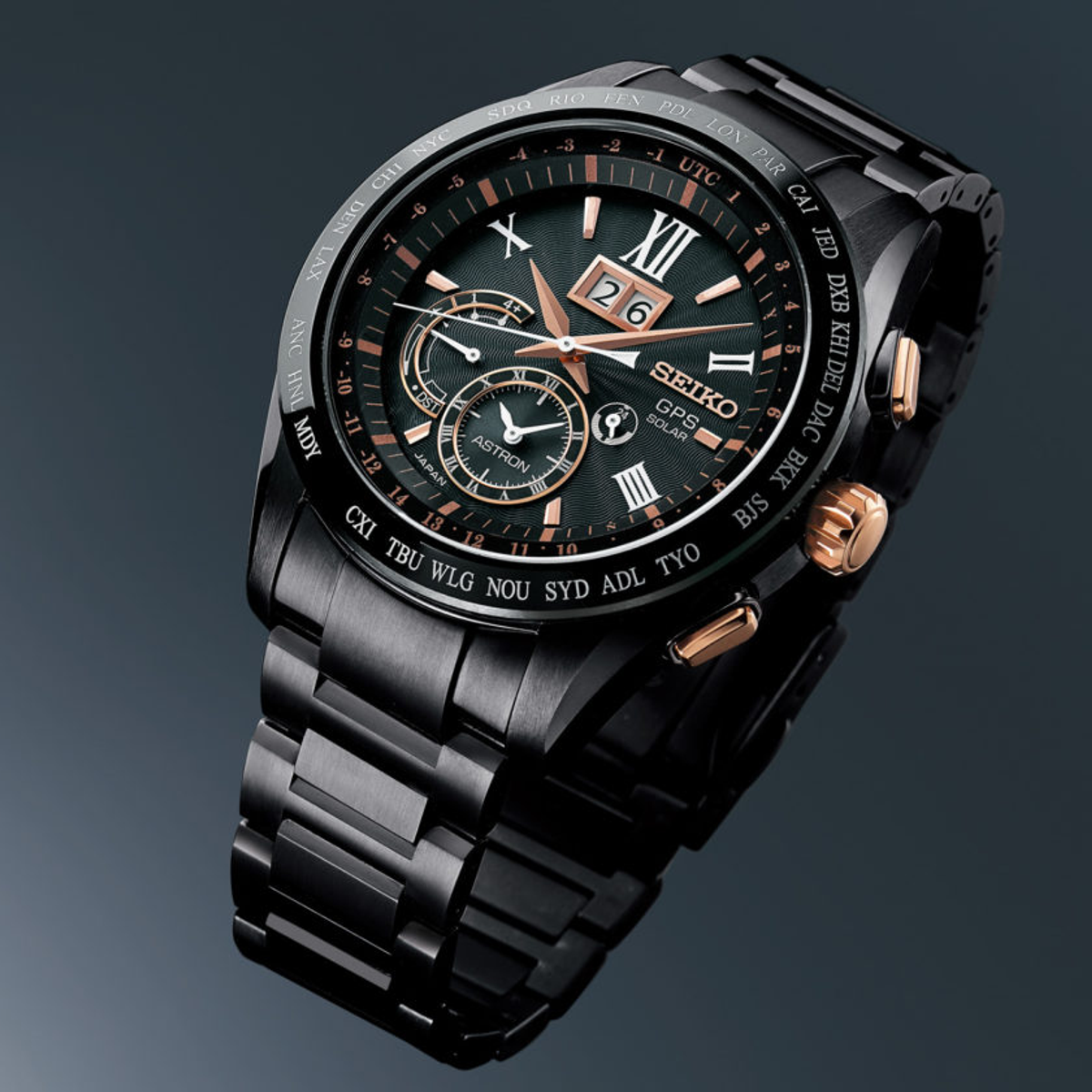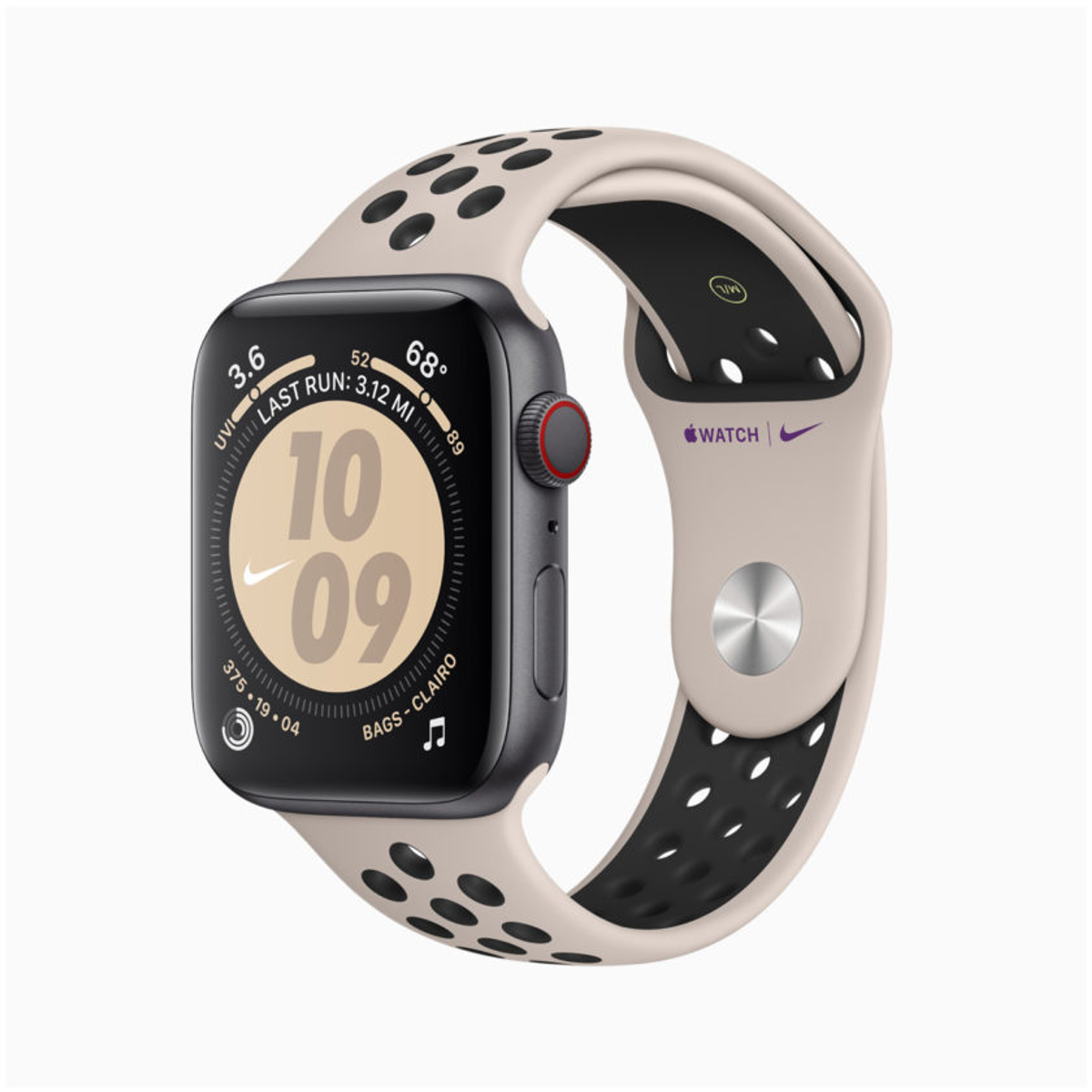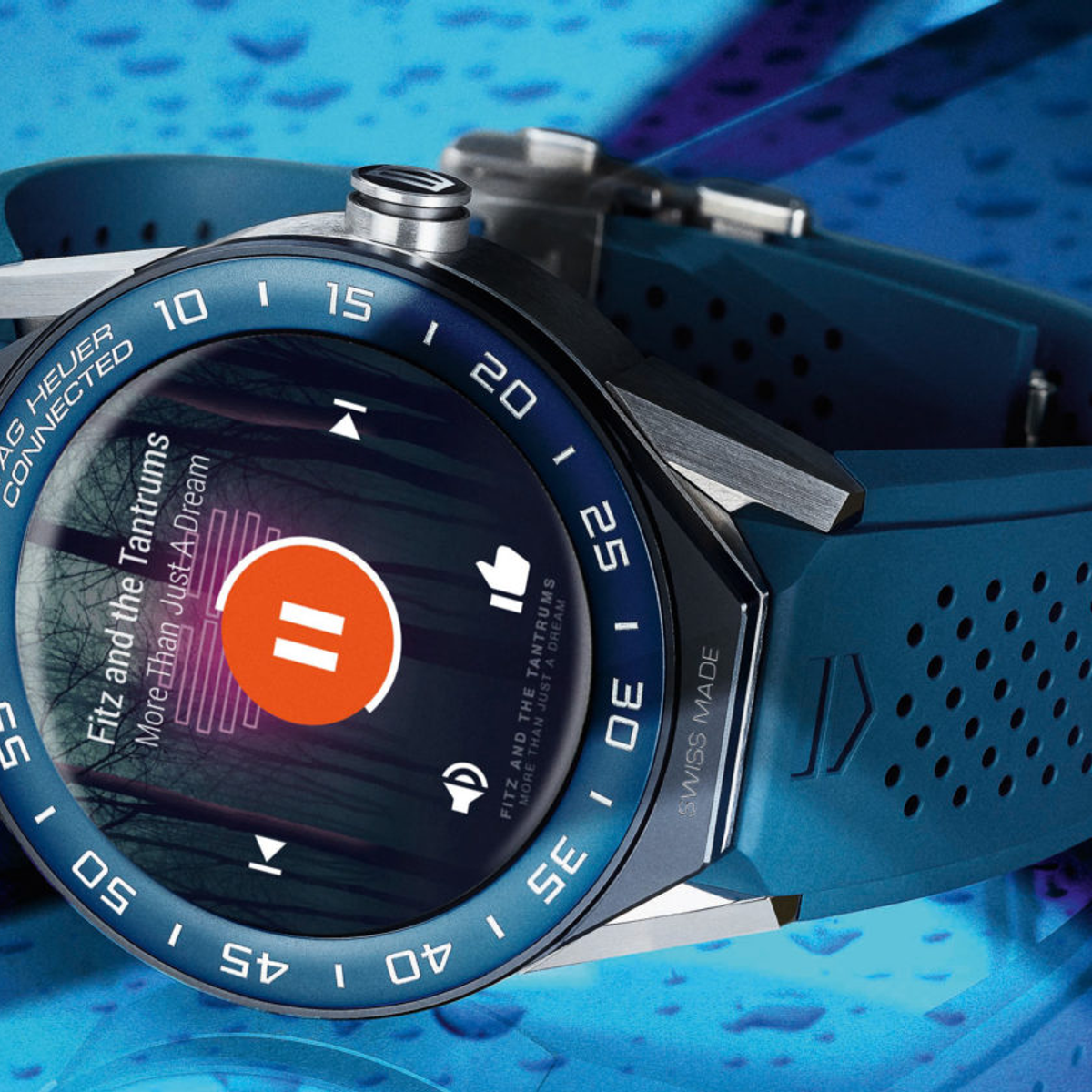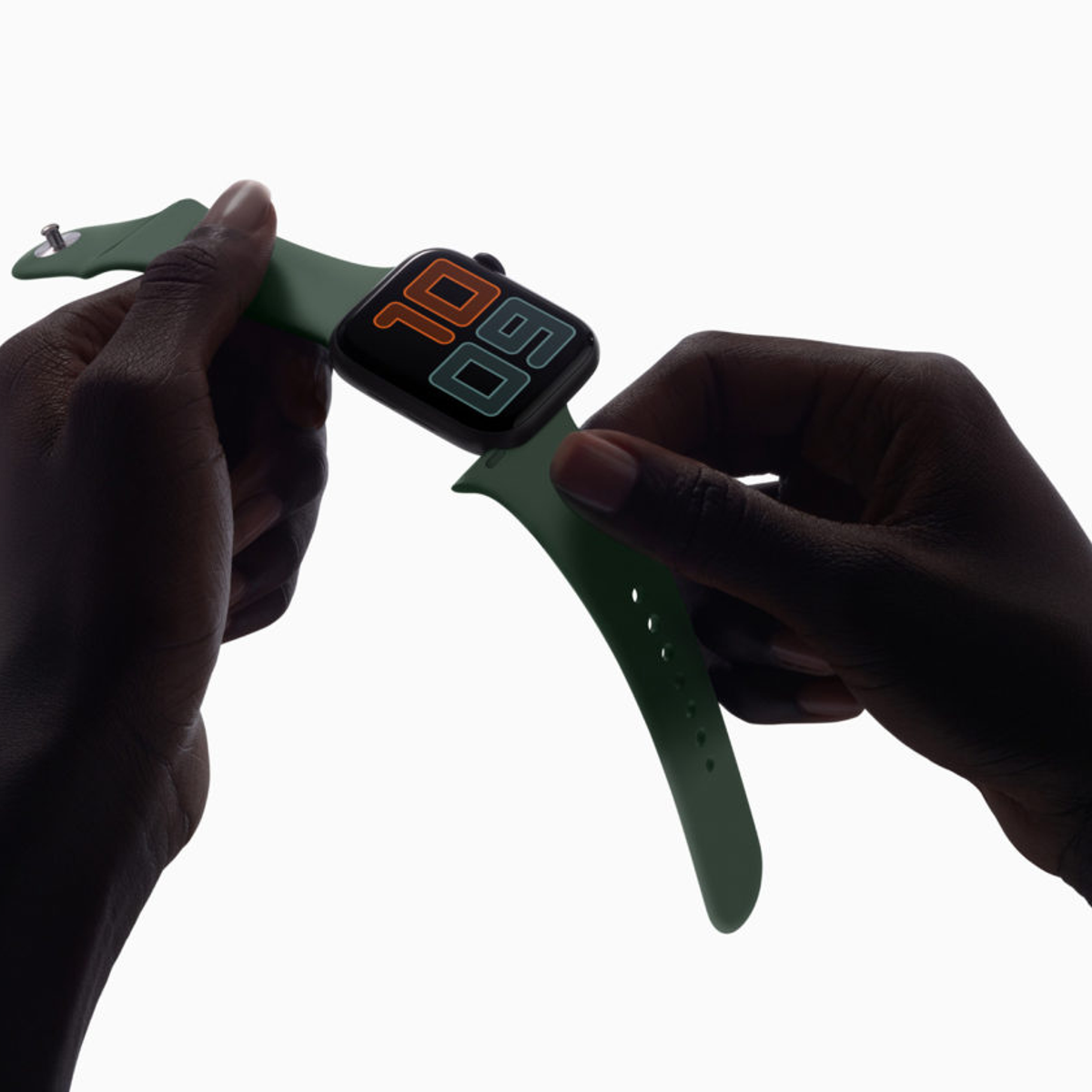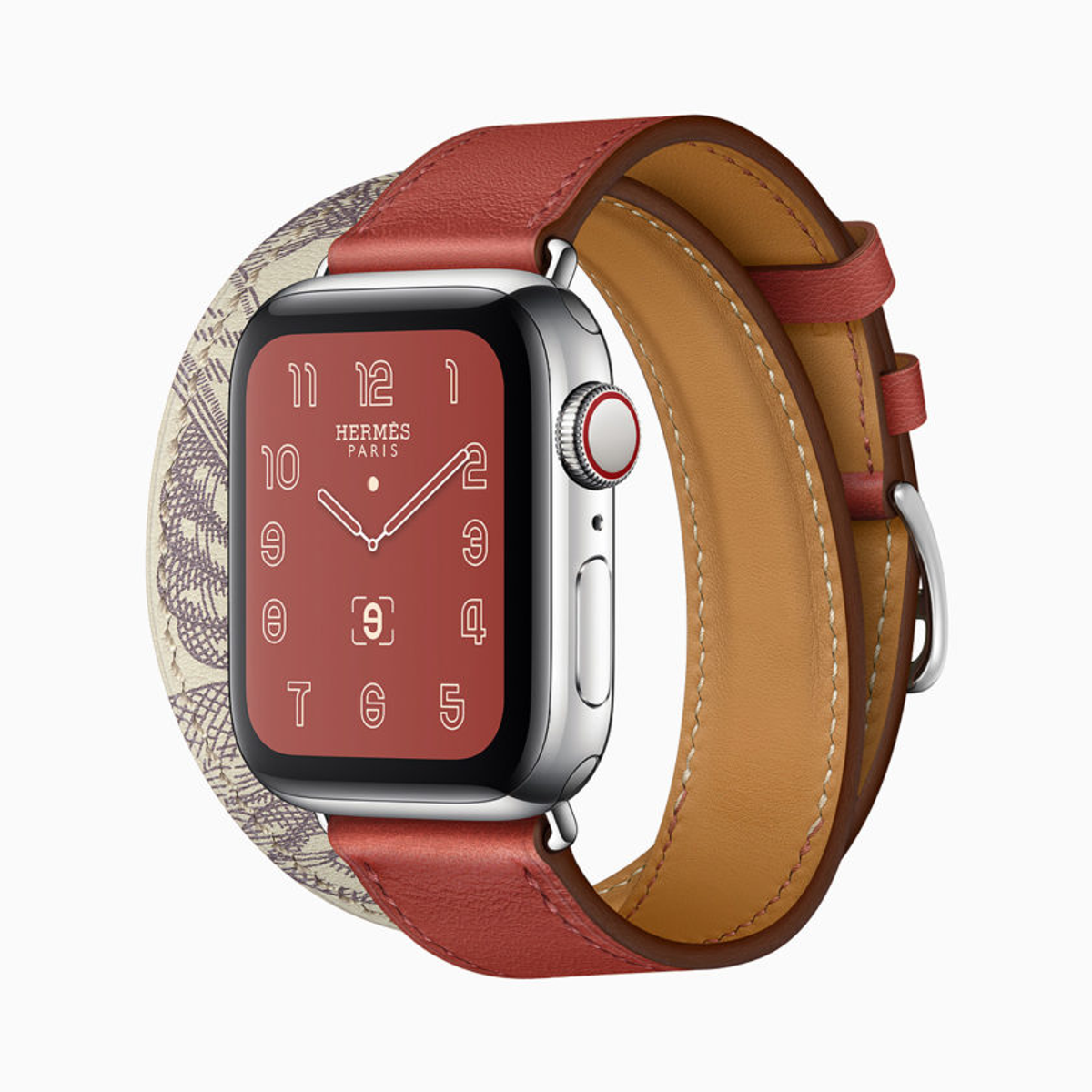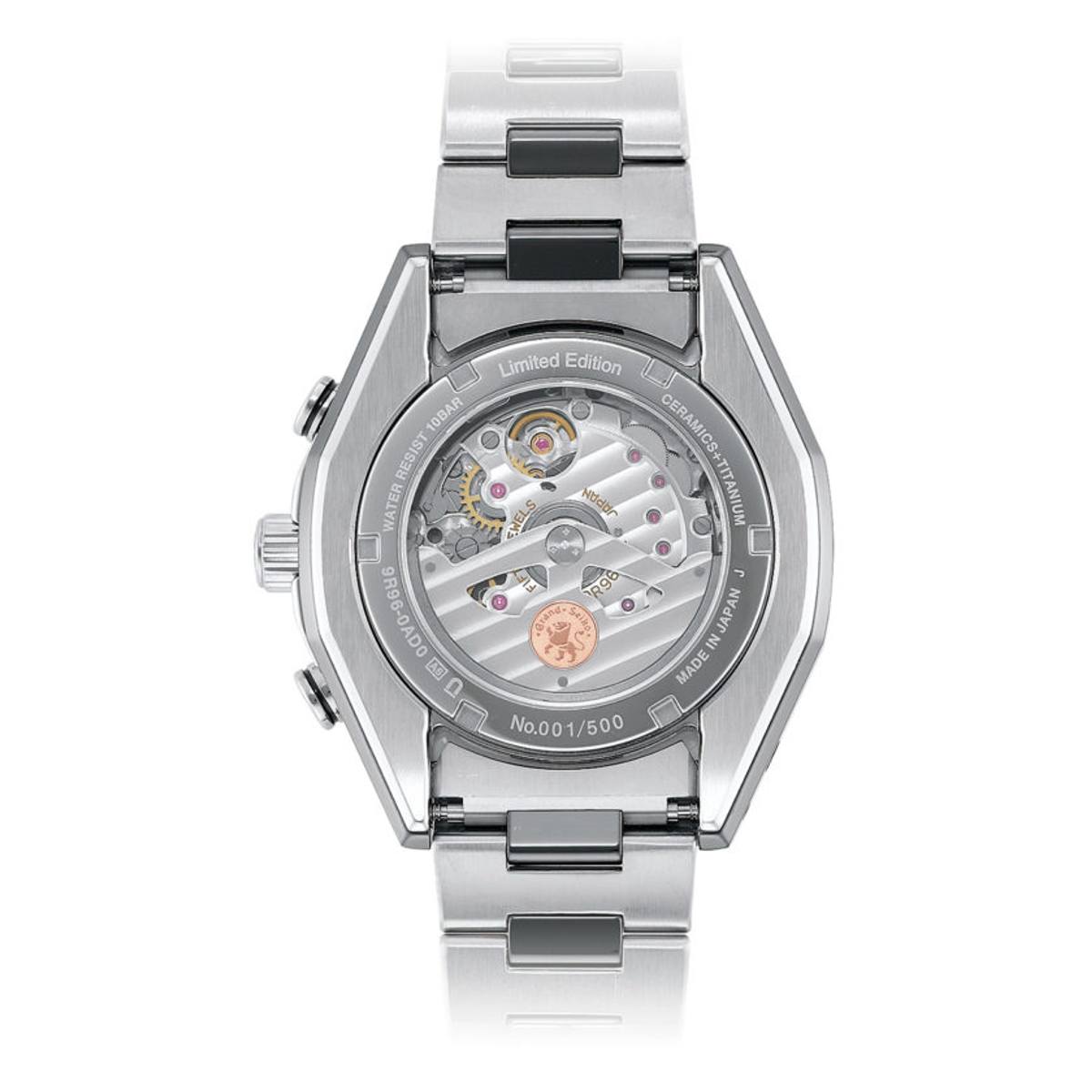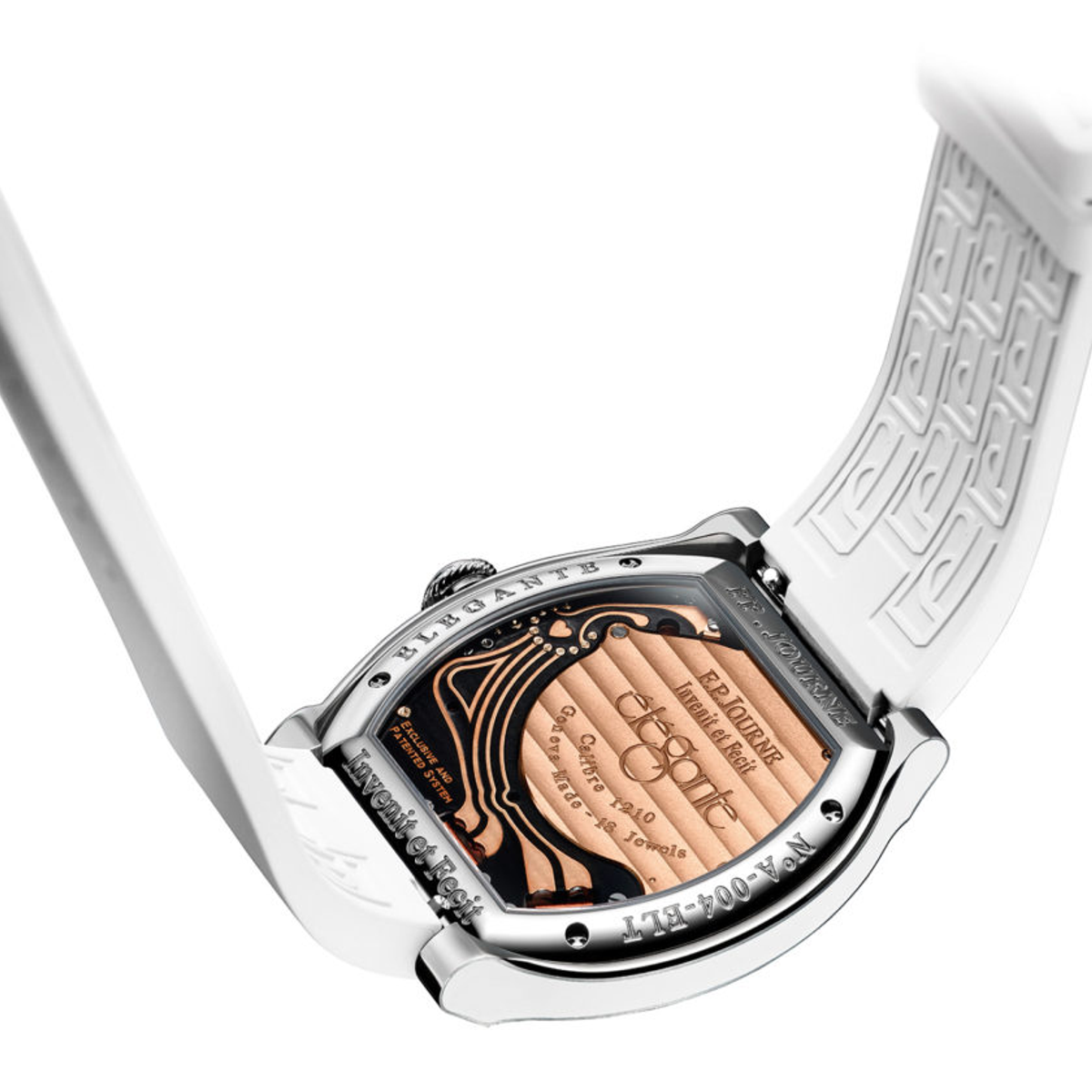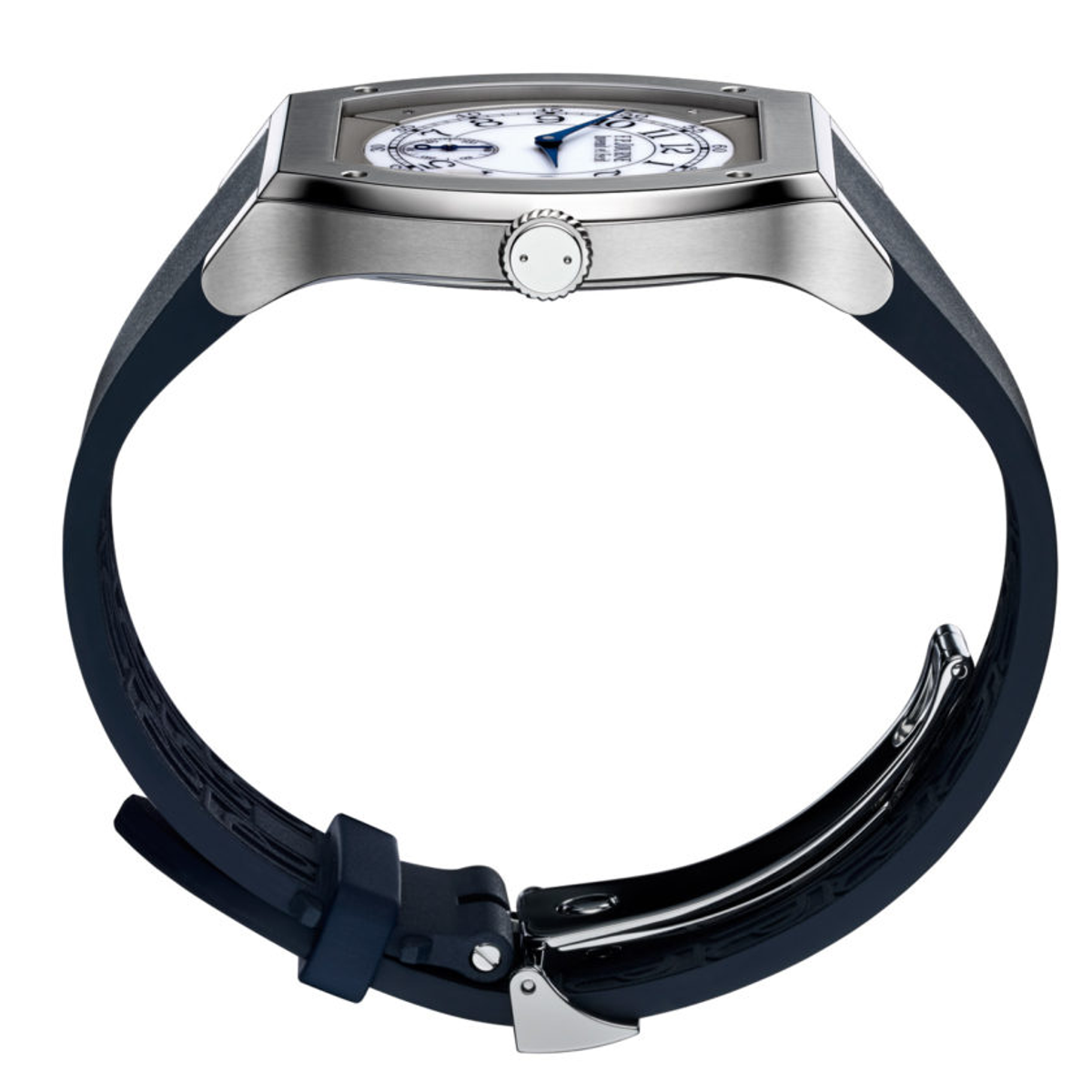Successive generations of smartwatch have followed since the introduction of the first connected watch in 2012 and the first Apple Watch in 2014. The Swiss launched their offensive with the first “horological smartwatch”, the TAG Heuer Connected, in 2015. Also that year, the Geneva-based watch brand Frederique Constant presented its Horological Smartwatch, the first analogue quartz watch to include smart features. In January 2018, following its takeover by Citizen, the same Frederique Constant introduced a new generation of connected watches, this time driven by a classic automatic movement. The integration of increasingly miniaturised components suggests more hybrid developments in watchmaking to come. With sales estimated at 20 million watches in 2018, Apple has shown that design-sharp tech products are becoming a credible alternative to all-mechanical. Which doesn’t prevent fans of classic timepieces from wearing the watch that best suits them.
Renewed interest in mechanical movements alongside the development, in the 1980s-90s, of the first miniature batteries prompted manufacturers to develop quartz calibres capable of delivering in excess of two years’ autonomy. In 1988 engineers at Seiko released the Kinetic, followed by the Auto-Quartz from Switzerland’s ETA. Now perfectly mastered, Seiko used this technology to power a series of watches that combines the precision of quartz - 2-4 seconds/month - with the appeal of a mechanical calibre. As an aside, a similar electromechanical system with movement sensor powers F.P. Journe’s Elégante collection, which debuted in 2016 with a record-breaking autonomy of between 8 and 18 years.
